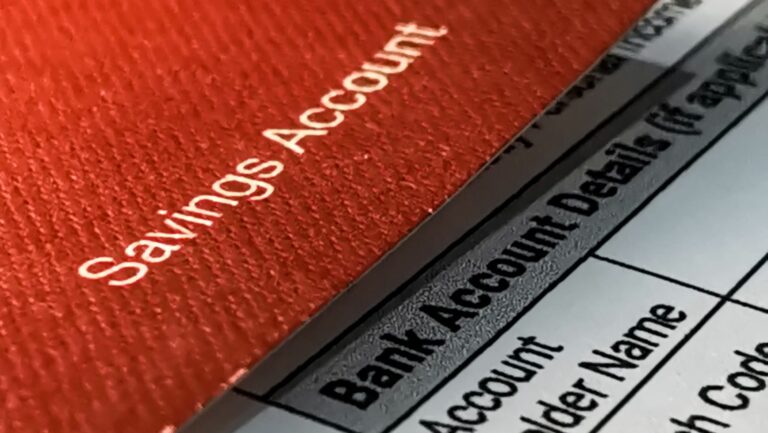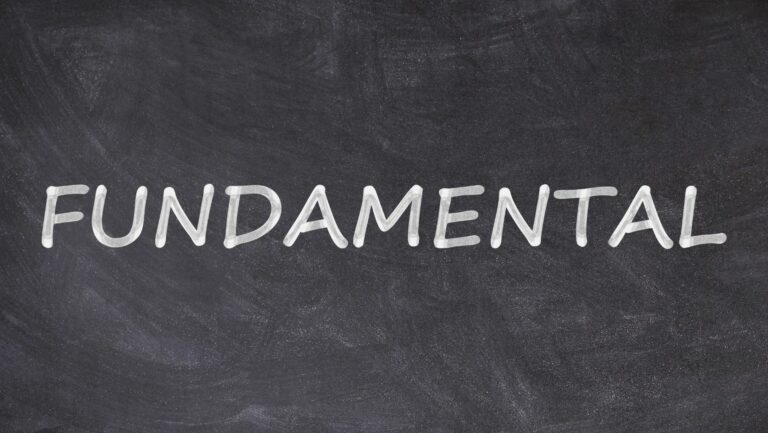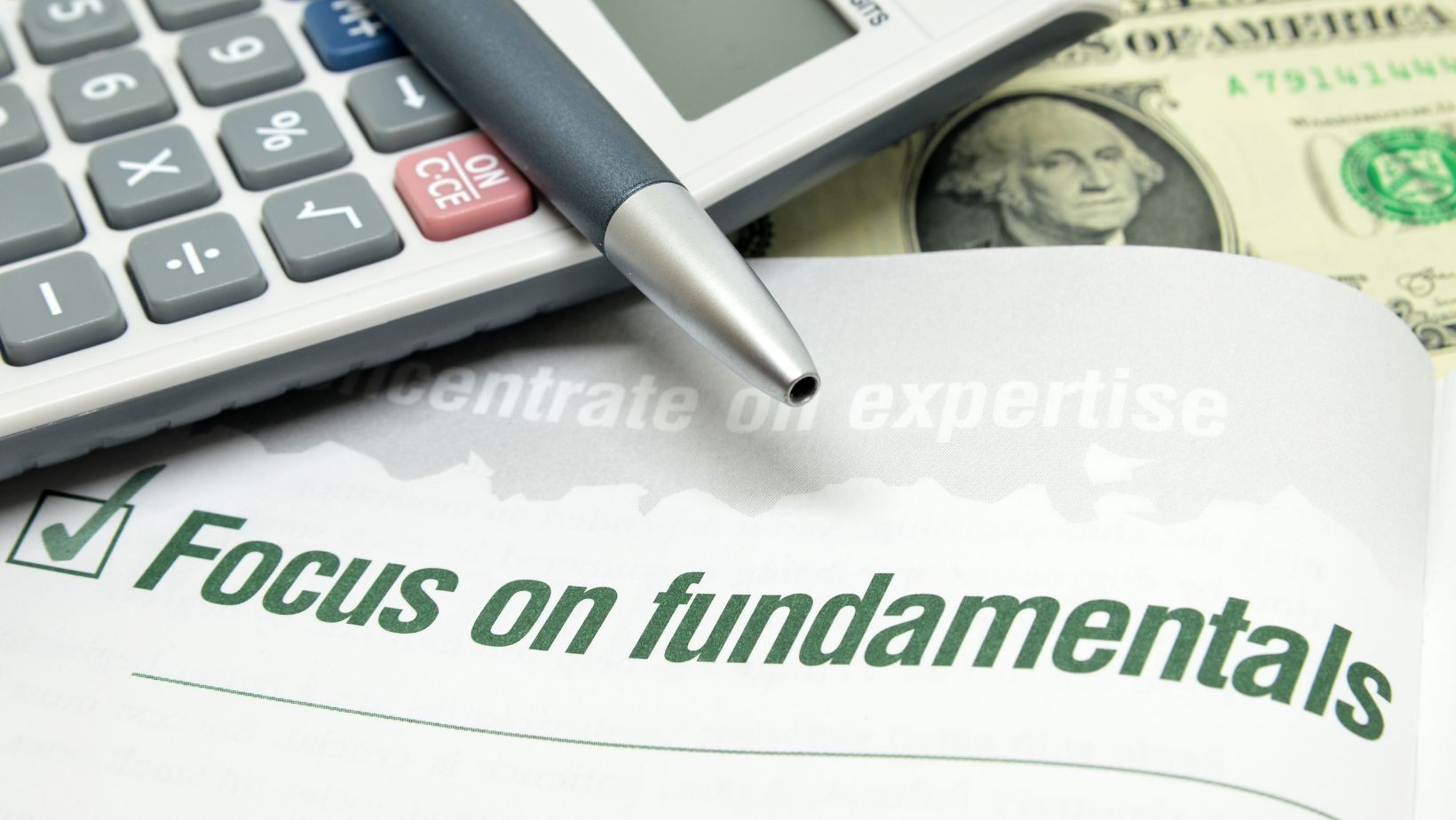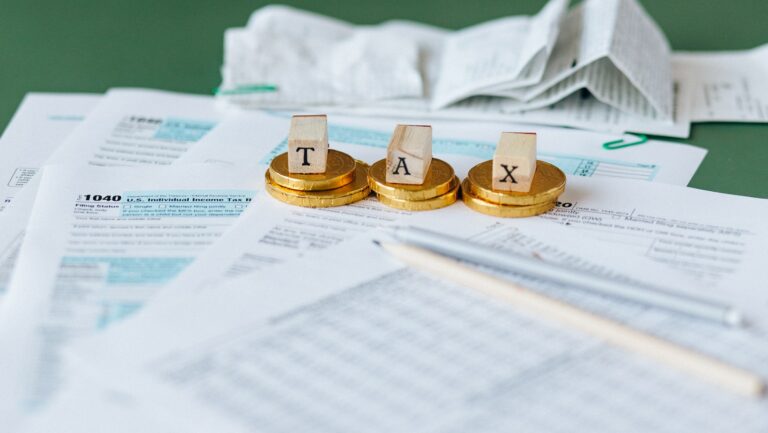As of Q2 2023, the average American household carries $103,358 of debt. Not all debt is bad, but if you let it get out of control (as current U.S. debt statistics suggest many have), it can be detrimental to your finances. Exploring options for savings, such as looking into cd rates today, could help you build a financial safety net and reduce the need to rely on debt in the future.
Those who are already deep in debt and see no way out would do well to consult a debt relief attorney for professional help.
But if you want to avoid the financial pain of getting buried in debt in the first place, you must learn to manage your money wisely. This includes doing the following:
1. Build an Emergency Fund
Most financial experts agree that one of your first financial priorities should be building an emergency fund that can cover 3 to 6 months of living expenses.
This gives you some cushion should you fall on hard times – for example, losing your job, getting in a car accident, having a medical emergency, or getting divorced. An emergency fund can help you pay for these unexpected expenses without resorting to debt.
If you feel you don’t have any money to put toward an emergency fund, know that every bit counts. Even if all you can do is save $10 per month, that’s a net positive. So don’t put off your emergency fund. Start today.
 2. Set a Budget
2. Set a Budget
To avoid overspending, set a budget and stick to it. The goal of a budget is to give every dollar a job. It’s okay to spend money on eating out and other non-essential items, but you should budget for them.
A good rule of thumb is to allocate 50% of your income toward essential expenses (e.g., housing, utilities, food, transportation, insurance, child care, etc.), 25% toward non-essential expenses (e.g., eating out and vacations), and 20% toward saving and paying down debt, which brings us to the next point …
3. Keep a Savings Routine
Keep a habit of saving part of your income each month. This could go toward your emergency fund, retirement, or other savings goals (e.g., to buy a car or house). This not only helps increase your net worth, but it will keep you from spending money on other things that could lead you into debt (e.g. entertainment and food).
To automate your savings routine, consider setting up automatic money transfers into your savings account. This way, you may never see the money in your checking account and will be less likely to spend it as a result.
4. Only Borrow What You Need
Of course, it’s hard to avoid borrowing money completely. The key is to only go into debt for what you actually need.
For example, a house, car, or college education may warrant going into debt. However, this should be a last resort and you should try to minimize the loan as much as possible.
This can mean applying for scholarships, grants, and federal aid before taking out student loans, putting down a sizable down payment on a house, or opting for a used car that you can pay for in cash over a more expensive new car.
Bear in mind that sometimes it can make more financial sense to rent, use public transportation, or enroll in a community college than to take on debt.
5. Make Credit Card Payments On Time
To the extent you use a credit card, ensure you always make your monthly payments on time. Otherwise, you may incur debt at high interest rates of 20-30% and hefty fees.

The trick to using a credit card is to only use it if you can immediately pay it off. Don’t use it if you don’t have the money in your bank account to cover the expense. This way, you can build your credit without putting yourself at risk of falling into long-term debt.
6. Maintain a High Credit Score
The higher your credit score, the lower interest rates you can qualify for on loans and the more money you can save on debt repayments.
To improve your credit score, keep your debt balances low, pay debt on time, and limit new credit applications. Additionally, you should try to spend no more than 30% of your credit limit at any time to avoid damage to your credit score from high credit utilization.
7. Stay Employed
According to a recent survey, over a third of workers are afraid of getting laid off. Losing your job and income could be detrimental to your finances—but not if you have an emergency fund and know how to get a new job fairly quickly.
To ensure you stay employed, build strong work relationships, maintain a network of industry contacts you can leverage when needed, and work hard at your current job. By doing the above, it’s unlikely you’ll be out of a job for long.
The Bottom Line
Staying out of long-term bad debt is a skill. The more you implement the above habits, the more insulated against debt you’ll be. Start small and work your way to being debt-free. The relief that follows is well worth the effort.


 2. Set a Budget
2. Set a Budget

























